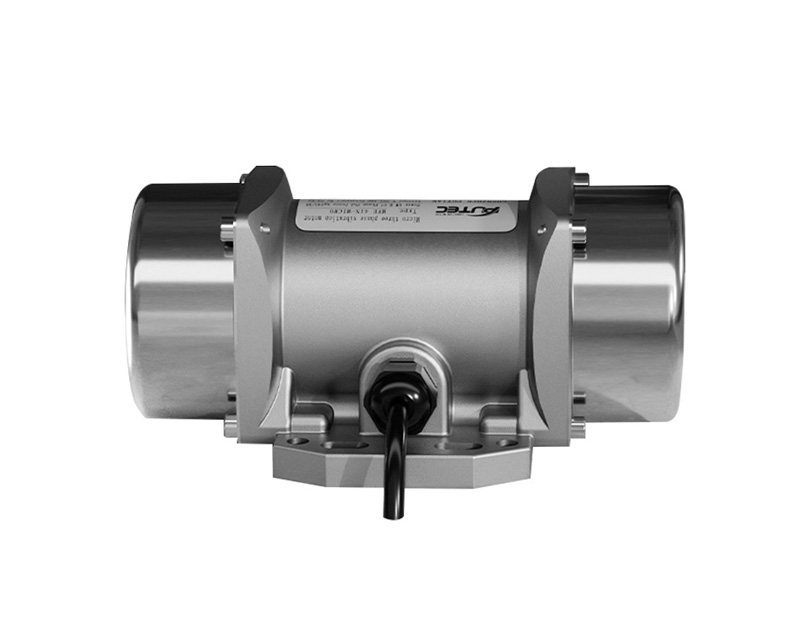Enhancing Device Functionality With Tiny Vibration Motors: Insights And Innovations
 Sep-13-2024
Sep-13-2024
 Industry News
Industry News
China OEM AC Tiny Vibration Motor Manufacturing Wholesaler
In the realm of modern technology, tiny vibration motors have become increasingly integral to enhancing device functionality. These compact components, often embedded in various devices, play a crucial role in improving user experience by adding tactile feedback, notifications, and interactive elements. This article delves into the ways tiny vibration motors are transforming technology, examining their innovations and applications.
Tiny vibration motors are small, yet remarkably effective components that generate vibrations when powered. These motors are commonly found in smartphones, wearables, and other portable devices. Their primary function is to provide users with haptic feedback, which can greatly enhance the overall interaction with the device. The versatility of tiny vibration motors makes them suitable for a wide range of applications, from simple notification alerts to complex gaming experiences.
One significant application of tiny vibration motors is in smartphones. Here, they offer users subtle feedback during touch interactions, such as typing on a virtual keyboard or receiving a call notification. This tactile response not only improves the user experience but also aids in reducing errors during input. The tiny vibration motors' ability to deliver consistent and precise feedback makes them indispensable in modern smartphone design.
Wearable technology is another area where tiny vibration motors have made a substantial impact. Devices such as smartwatches and fitness trackers utilize these motors to deliver discreet notifications and alerts directly to the user's wrist. This functionality is particularly valuable in scenarios where audio notifications may be impractical or disruptive. For instance, in a professional setting or during physical activities, tiny vibration motors provide a silent yet effective means of communication.
In gaming, tiny vibration motors have revolutionized the way users interact with their devices. By providing haptic feedback that corresponds with in-game actions, these motors enhance the immersion and overall experience. Gamers can feel the impact of virtual explosions, collisions, or other in-game events through their controllers, thanks to the precise and responsive nature of tiny vibration motors. This innovation has become a standard feature in many modern gaming consoles and devices.
The advancements in tiny vibration motor technology have also led to their adoption in various other fields. For example, in healthcare devices, these motors are used in wearable medical equipment to alert users to important health metrics or reminders. The discreet nature of tiny vibration motors ensures that users receive necessary feedback without attracting undue attention or causing distractions.
The continued innovation in tiny vibration motors focuses on improving their efficiency, durability, and integration into devices. Manufacturers are exploring new materials and designs to enhance the performance and lifespan of these motors. As technology advances, the size of tiny vibration motors continues to decrease, while their capabilities expand. This trend allows for even more creative and effective applications across different industries.
Additionally, the integration of tiny vibration motors into new types of devices is a growing trend. For instance, their use in virtual reality (VR) and augmented reality (AR) systems is becoming more prevalent. In VR and AR environments, tiny vibration motors contribute to creating a more immersive experience by providing haptic feedback that corresponds with virtual interactions. This development has the potential to transform how users engage with these emerging technologies.
Another area of innovation involves the use of tiny vibration motors in consumer electronics beyond traditional applications. From interactive toys to innovative home appliances, these motors are enhancing device functionality in unexpected ways. For example, some home appliances now include tiny vibration motors to provide feedback during operation or to alert users to maintenance needs.
As tiny vibration motors continue to evolve, their potential applications seem boundless. The ongoing advancements in materials science and engineering are likely to drive further innovations, making these components even more integral to the devices of the future. The emphasis on miniaturization and increased functionality means that tiny vibration motors will continue to play a crucial role in enhancing device interactions and user experiences.
In conclusion, tiny vibration motors have proven to be pivotal in enhancing device functionality across a variety of applications. From smartphones and wearables to gaming and healthcare devices, their ability to provide tactile feedback and notifications has significantly improved user interactions. The continued advancements in tiny vibration motor technology promise to expand their uses even further, driving innovations in both existing and emerging technologies. As the technology progresses, the integration of tiny vibration motors will undoubtedly continue to shape the future of device functionality and user experience.


 English
English русский
русский Português
Português عربى
عربى فارسی
فارسی









